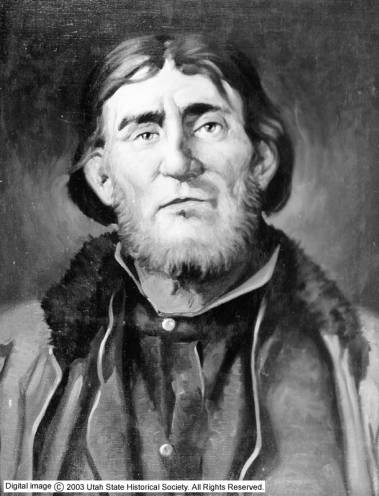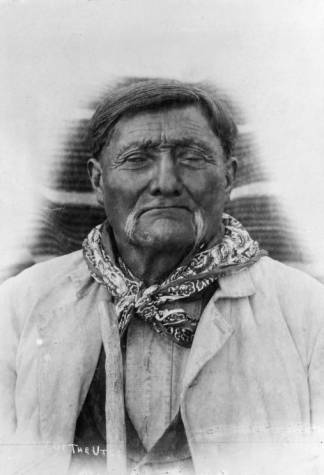The Peoples of Utah, ed. by Helen Z. Papanikolas, © 1976 “After Escalante: The Spanish Speaking People of Utah,” pp. 437–68 by Vicente V. Mayer Poor Mexico! So far from God and so near to the United States. ..Attributed to Porfirio Diaz To the Spanish is owed the distinction of being the first Europeans to explore, map, and describe the area …
The Peoples of Utah, The Utes, Southern Paiutes, and Gosiutes
The Peoples of Utah, ed. by Helen Z. Papanikolas, © 1976 “The Utes, Southern Paiutes, and Goshiutes,” pp. 27–59″ by Floyd A. O’Neil “….. teach ’em to speak Ute. And don’t let them ever forget how we’re supposed to live, who we are, where we came from.”…Connor Chapoose Confined on reservations, no longer free to range over the mountains and deserts …
Ethnic Cultures. Selected Bibliography
African American Bringhurst, Newell G. “An Ambiguous Decision: The Implementation of Mormon Priesthood Denial for the Black Man — A Reexamination,” UHQ 46 (1975): 45-64. Clark, Michael J. U.S. Army Pioneers: Black Soldiers in Nineteenth-Century Utah. Salt Lake City, 1981. ________. “Improbable Ambassadors: Black Soldiers at Fort Douglas, 1869-99,” UHQ (1978): 282-301. Coleman, Ronald G. “The Buffalo Soldiers: Guardians of …
The Peoples of Utah, Introduction
Helen Zeese Papanikolas based on The Peoples of Utah, 1976 (updated by Phil Notarianni) Utah has long ceased being an agrarian society of a “peculiar people.” Although still predominately Mormon, many cultures have contributed to its unique essence in this lost domain of the Indians. Only a few Spanish priests in 1776 and, later, explorers and trappers had briefly entered …
This Is the Place
The Mormon Trail: A Photographic Exhibit Stan Layton After leaving Nauvoo, Illinois, in 1846, the Mormons headed west. They spent the winter of 1846–47 in Winter Quarters near Omaha and at various places in Iowa, resuming their journey in the spring. First to leave Winter Quarters that spring was the advance party under the personal direction of church president Brigham …
James Bridger
Matthew Despain and Fred R. Gowans Utah History Encyclopedia, 1994 James Bridger was one of the greatest frontiersmen of Utah and American history. During his lifetime he was a hunter, trapper, trader, Indian fighter, and guide, and one of only a few trappers to remain in the Rockies after the demise of the fur trade. In 1822 young Bridger heeded …
Jacob Hamblin
Jay M. HaymondUtah History Encyclopedia, 1994 Jacob Hamblin was born 6 April 1819 in Ashtabula County, Ohio. His parents were farmers, and he learned farming as a youth. In 1836 his family moved to Wisconsin Territory and homesteaded at a place called Spring Prairie. Hamblin’s father told Jacob when he was nineteen that he had been a faithful boy and …
Tabby-To-Kwanah, Man of Peace
Lyndia CarterHistory Blazer, April 1996 In the quiet solemnity of the Heber City cemetery stands a simple sandstone marker bearing the initials T. T. A huge pine tree towers over the grave, shadowing the burial place of Tom Tabby, son of Tabby-To-Kwanah, a chief of the Ute Indians who lived at the reservation in the Uinta Basin in 1867. Chief …



